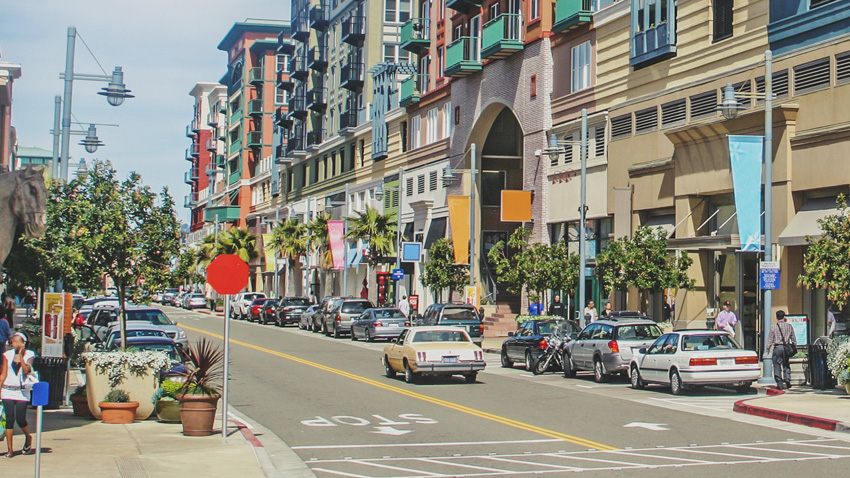Retail real estate serves as a medium for bringing products to consumers. This product type can range in size from a 3,000 square foot single tenant building to an 800,000 square foot Super Regional Center, and requires extensive leasing, property management, financial analysis, and advisory services talent. Tenant types vary greatly from a grocery store or home improvement center to small electronics stores and dry cleaners. Typically, retailers will lease space in a retail center in order to sell their products to the public; however some major national retailers will either buy their own building or develop a site themselves. The development and location of retail real estate is heavily driven by household income. It can be said that "retail follows rooftops" because retailers need to be in convenient locations for their consumers, and they want to be near the consumers that have disposable income to spend in their store.
| Role / Company | Location | Posted | ||
|---|---|---|---|---|
| Executive Director, ULI Los AngelesUrban Land Institute | Los Angeles, CA | Apr 24, 2024 | ||
| Leasing DirectorAGW Partners & RW Real Estate Group | New York, NY | Apr 24, 2024 | ||
| Vice President, CreditConfidential | Stamford, CT | Apr 23, 2024 | ||
| Investments Associate / AnalystMadison Realty Capital | New York, NY | Apr 22, 2024 | ||
| Investments Associate – Real Estate EquityCIM Group | LOS ANGELES, CA | Apr 22, 2024 | ||
| Commercial Real Estate AccountantOne Oak Development, LLC | Clearwater, FL | Apr 19, 2024 | ||
| NYC Associate, Acquisitions & Asset ManagementRockwood Capital | New York, NY | Apr 18, 2024 | ||
| Chief Financial OfficerHJH Investments | Nationwide | Apr 18, 2024 | ||
| Analyst - AcquisitionsConfidential | New York, NY | Apr 17, 2024 | ||
| Real Estate AssociateAztec Group | Miami, FL | Apr 17, 2024 |
Looking to the future
Retail real estate is only as successful as the tenants who occupy the space. Currently, traditional retailers are being challenged by online shopping and evolving retail distribution practices, which has resulted in a contraction of retail space demand nationally. As household incomes improve retail real estate receives a boost, yet much of retail development is currently on hold awaiting clear indications as to the consumer base for brick and mortar retail. Yet as the economy begins to recover and consumer confidence increases, there will be tremendous opportunities for retail investors, developers, and owners to capitalize on the upturn. Current opportunities include redevelopment, mixed use projects, and reconceptualization of the retail experience.


